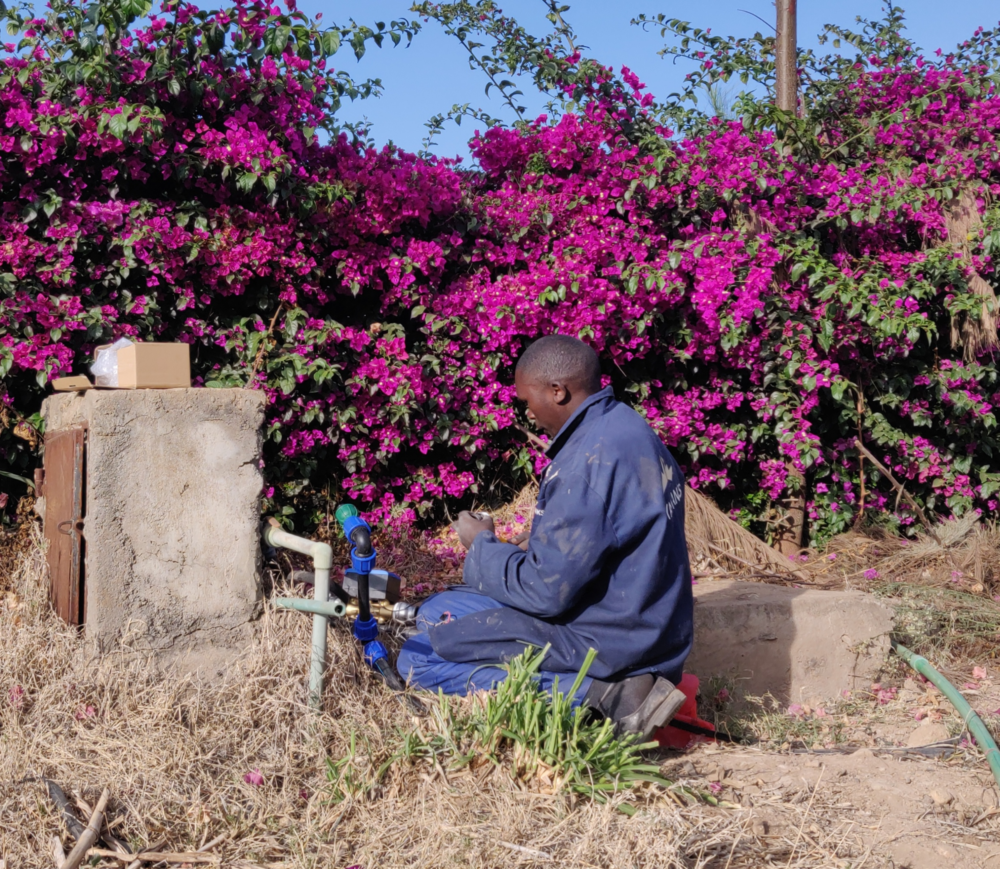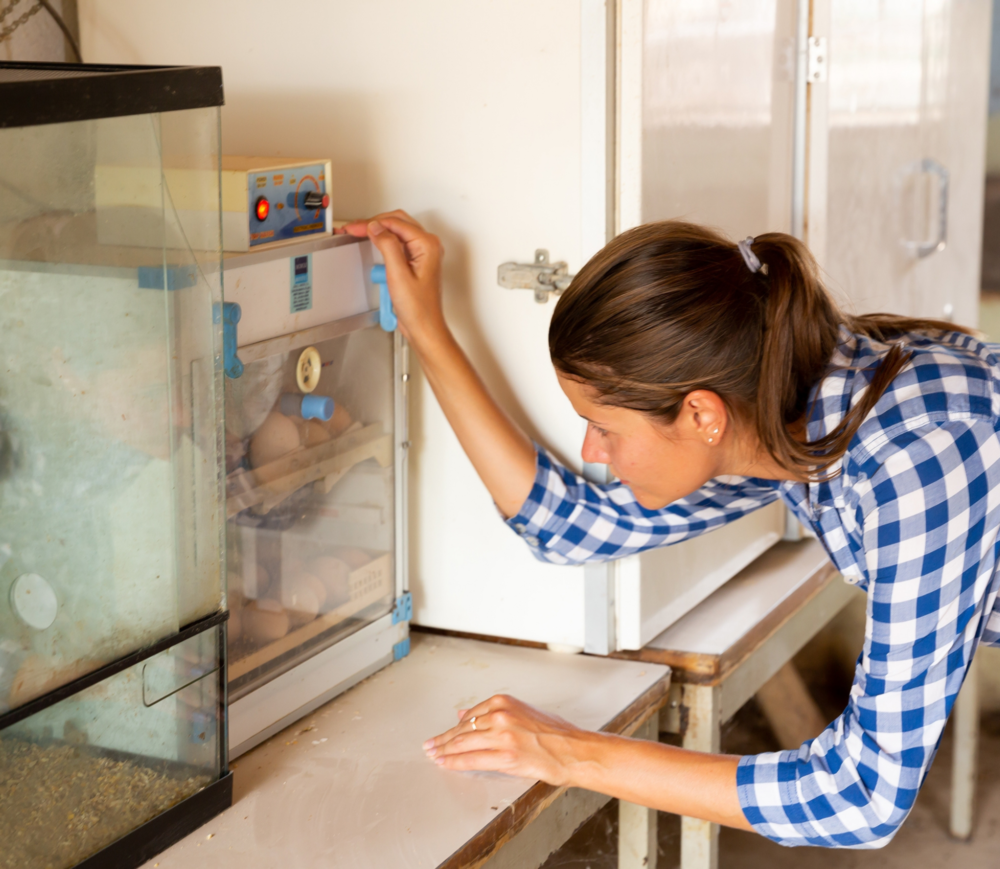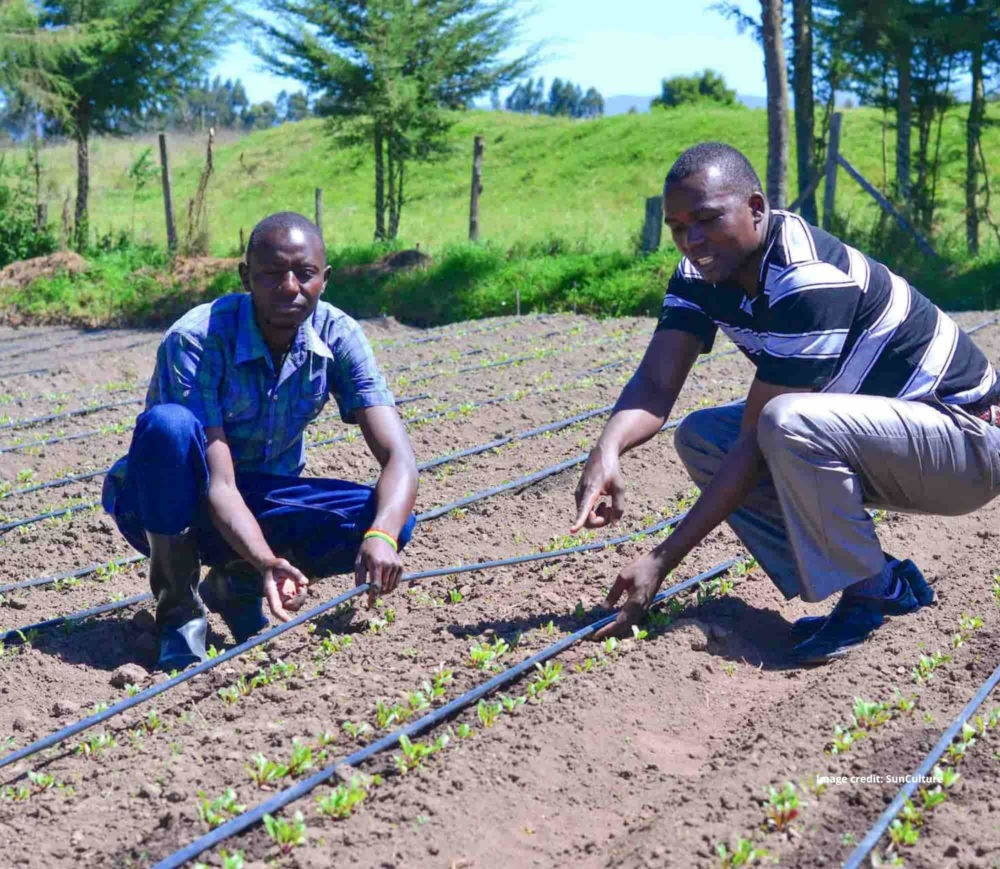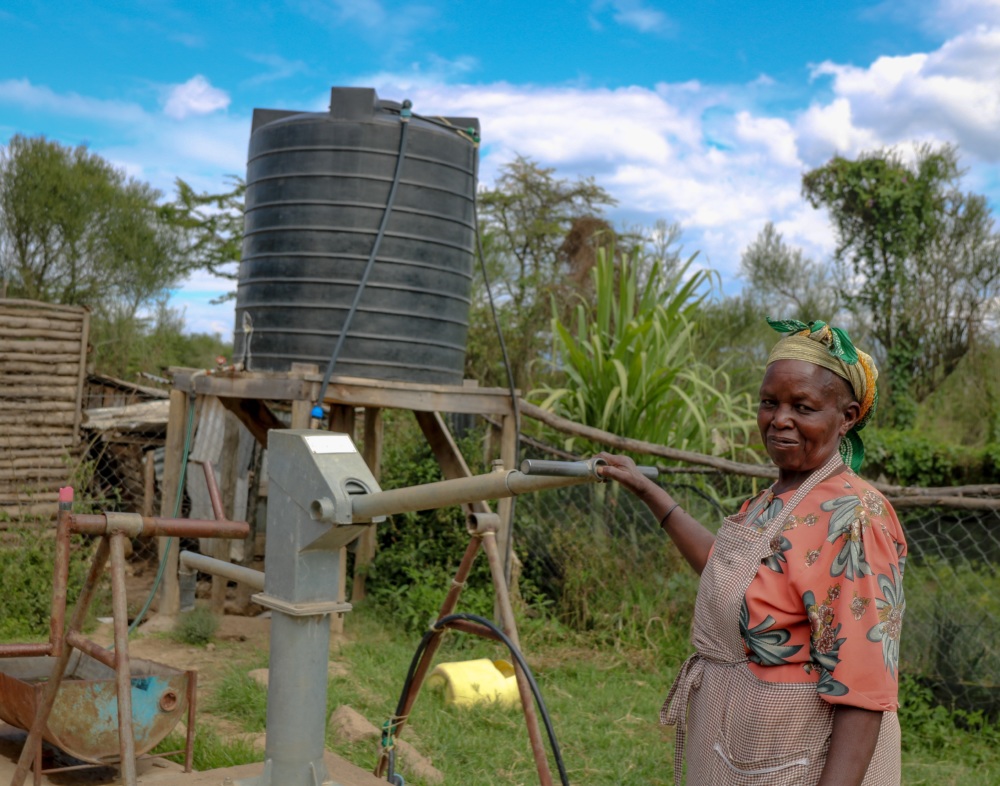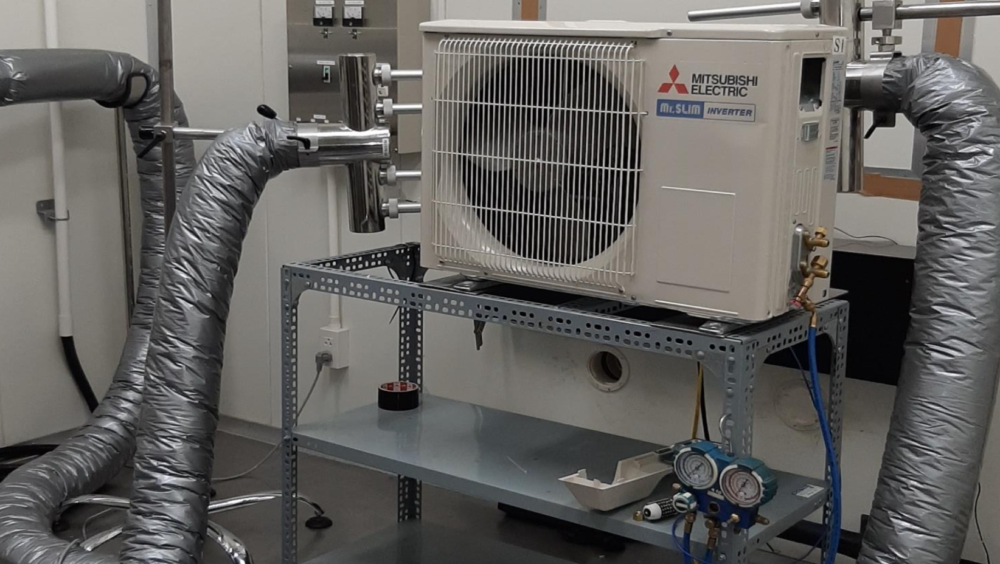South African Shower Heads Testing Report
Summary
This report provides an overview of the flow rate profiles of available South African shower heads, and depictions of product spray patterns.
Download Report
Fill out the form below to activate file downloads
A growing population and reliance on increasingly unpredictable rainfall has left South Africa in a water crisis. In partnership with the South African Energy Development Institute (SANEDI) and Institute of Plumber South Africa (IOPSA), CLASP is supporting water efficiency policies to preserve this diminishing and essential resource.
The Department of Water and Sanitation (DWS) published the South African Water and Sanitation Masterplan, outlining a strategy to introduce a Water Efficiency Labelling Scheme (WELS) by 2025. The plan identified shower heads as a key component of future water efficiency programs and the WELS scheme.
Limited data on the flow rate performance of commercially available shower heads poses a challenge for researchers and policymakers. This report builds on previous CLASP research and provides an overview of the flow rate profiles of the tested showerheads, as well as depictions of product spray patterns.
Some of the key findings from the showerhead testing include:
- Less expensive showerheads are less water efficient. Less costly options have an average higher flow rate: over 30 l/min. More expensive showerheads have lower flow rates: less than 10 l/min.
- Using flow rate regulators can significantly reduce flow rates.
- South Africa will experience significant water savings by complying with CLASP recommendations. In previous reports, CLASP recommended the 7.5 L/min flow rate across showerhead options – this could substantially reduce water wastage across the country.
- The majority of shower heads available in South Africa are inefficient. The research found that 58% of the showerheads were of a fixed orifice type and delivered flow rates at an average of 27 L/min when tested at 300 kPa pressure.
Based on these findings CLASP recommends South African National Standards (SANS) for shower heads in line with international standards. Performance requirements such as maximum flow rate and water saving flow rate should aim to ensure positive user experienced when using showerheads with lower flow rates.
With insights from this report, DWS, the South African National Energy Development Institute (SANEDI) and other relevant agencies can establish flow rate requirements for shower heads. The data in this study can also help determine appropriate water efficiency levels for the WELS.
All brand and model identifications have been removed and obscured in depictions to maintain anonymity.
Watch this video to learn how to identify an efficient showerhead.

